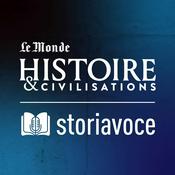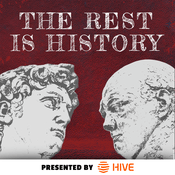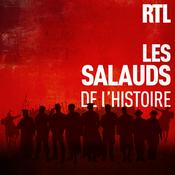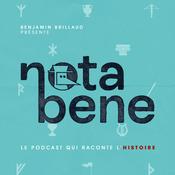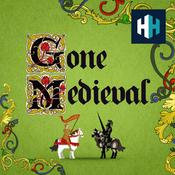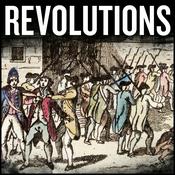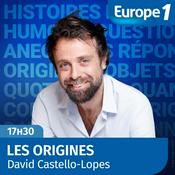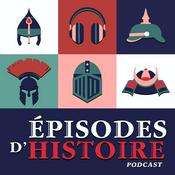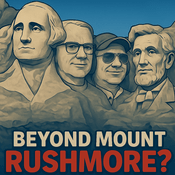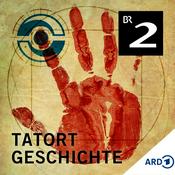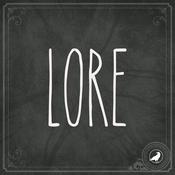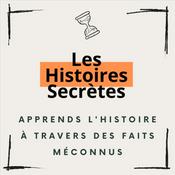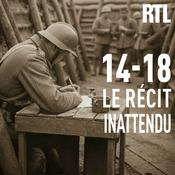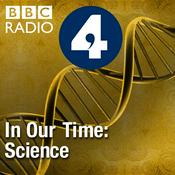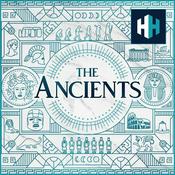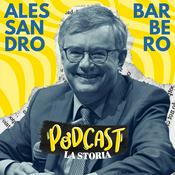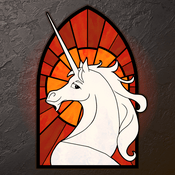2147 épisodes
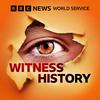
When Laurel and Hardy spent Christmas at an English pub
18/12/2025 | 10 min
In December 1953, Hollywood film stars Stan Laurel and Oliver Hardy spent a few weeks at the Bull Inn, Bottesford, Leicestershire, while they performed a show at the nearby Nottingham Empire.Stan’s sister, Olga Healey, was the landlady.Customers and staff said the duo spent time serving behind the bar, signing autographs and chatting with regulars.This was produced and presented by Rachel Naylor, in collaboration with BBC Archives.Eye-witness accounts brought to life by archive. Witness History is for those fascinated by the past. We take you to the events that have shaped our world through the eyes of the people who were there.For nine minutes every day, we take you back in time and all over the world, to examine wars, coups, scientific discoveries, cultural moments and much more.Recent episodes explore everything from the death of Adolf Hitler, the first spacewalk and the making of the movie Jaws, to celebrity tortoise Lonesome George, the Kobe earthquake and the invention of superglue.We look at the lives of some of the most famous leaders, artists, scientists and personalities in history, including: Eva Peron – Argentina’s Evita; President Ronald Reagan and his famous ‘tear down this wall’ speech; Thomas Keneally on why he wrote Schindler’s List; and Jacques Derrida, France’s ‘rock star’ philosopher.You can learn all about fascinating and surprising stories, such as the civil rights swimming protest; the disastrous D-Day rehearsal; and the death of one of the world’s oldest languages.(Photo: Oliver Hardy and Stan Laurel. Credit: Getty Images)

When Norway introduced salmon sushi to Japan
17/12/2025 | 10 min
In the late 1980s, Norway needed a new market for its growing farmed salmon production. Fish-loving Japan and its lucrative sushi market seemed to fit the bill. But salmon was one fish the Japanese did not eat raw. Lars Bevanger speaks to Bjørn-Eirik Olsen, the man who came up with the idea of putting salmon on sushi rice, and who spent years convincing the Japanese to eat it. Eye-witness accounts brought to life by archive. Witness History is for those fascinated by the past. We take you to the events that have shaped our world through the eyes of the people who were there. For nine minutes every day, we take you back in time and all over the world, to examine wars, coups, scientific discoveries, cultural moments and much more. Recent episodes explore everything from the death of Adolf Hitler, the first spacewalk and the making of the movie Jaws, to celebrity tortoise Lonesome George, the Kobe earthquake and the invention of superglue. We look at the lives of some of the most famous leaders, artists, scientists and personalities in history, including: Eva Peron – Argentina’s Evita; President Ronald Reagan and his famous ‘tear down this wall’ speech; Thomas Keneally on why he wrote Schindler’s List; and Jacques Derrida, France’s ‘rock star’ philosopher. You can learn all about fascinating and surprising stories, such as the civil rights swimming protest; the disastrous D-Day rehearsal; and the death of one of the world’s oldest languages.(Photo:Bjørn-Eirik Olsen in Japan. Credit: Bjørn-Eirik Olsen)

India's disability law
16/12/2025 | 10 min
In December 1995, India's parliament passed the country's first disability rights legislation.The landmark law aimed to give full participation and equality rights to an estimated 60 million people - around five percent of India's population who are affected by physical or mental disabilities.In 2015, Farhana Haider spoke to disability rights activist Javed Abidi who led the campaign to change the law.Eye-witness accounts brought to life by archive. Witness History is for those fascinated by the past. We take you to the events that have shaped our world through the eyes of the people who were there. For nine minutes every day, we take you back in time and all over the world, to examine wars, coups, scientific discoveries, cultural moments and much more. Recent episodes explore everything from the death of Adolf Hitler, the first spacewalk and the making of the movie Jaws, to celebrity tortoise Lonesome George, the Kobe earthquake and the invention of superglue. We look at the lives of some of the most famous leaders, artists, scientists and personalities in history, including: Eva Peron – Argentina’s Evita; President Ronald Reagan and his famous ‘tear down this wall’ speech; Thomas Keneally on why he wrote Schindler’s List; and Jacques Derrida, France’s ‘rock star’ philosopher. You can learn all about fascinating and surprising stories, such as the civil rights swimming protest; the disastrous D-Day rehearsal; and the death of one of the world’s oldest languages.(Photo: Javed Abidi with a crowd of protestors demonstrating over disabled rights. Credit: NCPEDP)

How NFL tickets caught fugitives
15/12/2025 | 10 min
Operation Flagship was a U.S Marshals sting operation, where some of Washington DC’s most wanted fugitives, were lured to a convention centre under the pretence of having won coveted NFL tickets in December 1985. Upon their arrival, they were greeted by cheerleaders and mascots – all law enforcement officers in disguise. It led to one of America’s most successful mass arrests with more than 100 people being arrested. Former US Marshal Stacia Hylton was one of the ‘cheerleaders’. She tells Uma Doraiswamy how the plan came together.Eye-witness accounts brought to life by archive. Witness History is for those fascinated by the past. We take you to the events that have shaped our world through the eyes of the people who were there. For nine minutes every day, we take you back in time and all over the world, to examine wars, coups, scientific discoveries, cultural moments and much more. Recent episodes explore everything from the death of Adolf Hitler, the first spacewalk and the making of the movie Jaws, to celebrity tortoise Lonesome George, the Kobe earthquake and the invention of superglue. We look at the lives of some of the most famous leaders, artists, scientists and personalities in history, including: Eva Peron – Argentina’s Evita; President Ronald Reagan and his famous ‘tear down this wall’ speech; Thomas Keneally on why he wrote Schindler’s List; and Jacques Derrida, France’s ‘rock star’ philosopher. You can learn all about fascinating and surprising stories, such as the civil rights swimming protest; the disastrous D-Day rehearsal; and the death of one of the world’s oldest languages.(Photo: Operation Flagship invite sent out to fugitives. Credit: United States Marshals Museum)

Introducing The Bomb: Kennedy and Khrushchev
13/12/2025 | 4 min
The world is on the brink of nuclear war. How can the Soviet Union and the USA prevent it? Hosts Nina Khrushcheva and Max Kennedy, relatives of the superpower leaders President John F Kennedy and Premier Nikita Khrushchev, tell the personal and political history of the Cuban Missile Crisis. Together Nina and Max explore what drove JFK and Khrushchev during the darkest days of October 1962. And when the crisis moves beyond their control, as a U-2 spy plane is shot down over Cuba, how do they avoid global catastrophe? To hear more, search for The Bomb, wherever you get your BBC podcasts.
Plus de podcasts Histoire
Podcasts tendance de Histoire
À propos de Witness History
Écoutez Witness History, Au fil de l'Histoire ou d'autres podcasts du monde entier - avec l'app de radio.fr

Obtenez l’app radio.fr gratuite
- Ajout de radios et podcasts en favoris
- Diffusion via Wi-Fi ou Bluetooth
- Carplay & Android Auto compatibles
- Et encore plus de fonctionnalités
Obtenez l’app radio.fr gratuite
- Ajout de radios et podcasts en favoris
- Diffusion via Wi-Fi ou Bluetooth
- Carplay & Android Auto compatibles
- Et encore plus de fonctionnalités


Witness History
Téléchargez l’app,
Écoutez.

